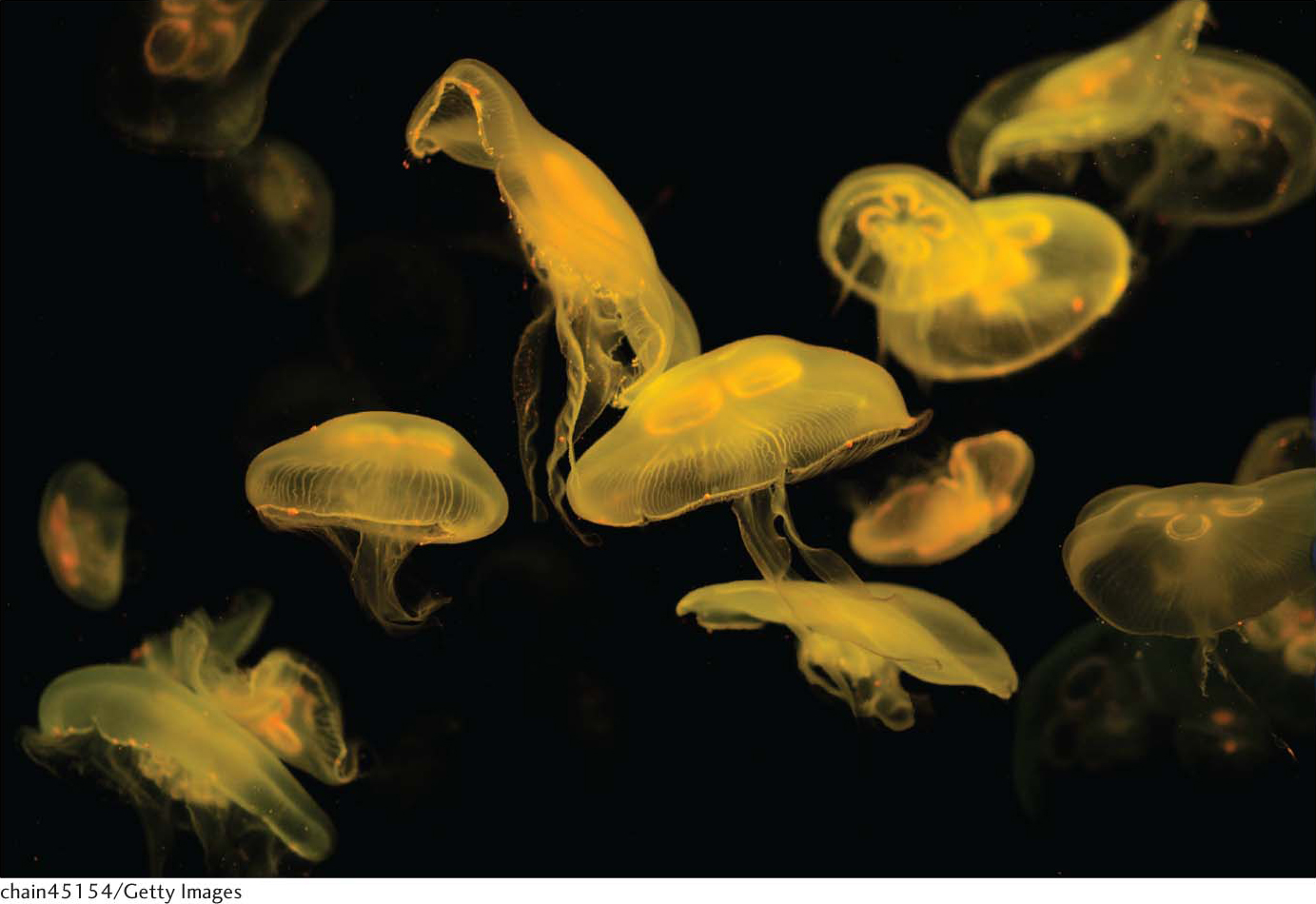Basic Concepts of Enzyme Action
97
6.1 Enzymes Are Powerful and Highly Specific Catalysts
6.2 Many Enzymes Require Cofactors for Activity
6.3 Gibbs Free Energy Is a Useful Thermodynamic Function for Understanding Enzymes
6.4 Enzymes Facilitate the Formation of the Transition State

The energy and information processing that takes place inside a cell consists of thousands of individual chemical reactions. For these reactions to take place in a physiologically useful fashion, they must occur at a rate that meets the cell’s needs, and they must display specificity; that is, a particular reactant should always yield a particular product. Side reactions leading to the formation of useless or hazardous by-